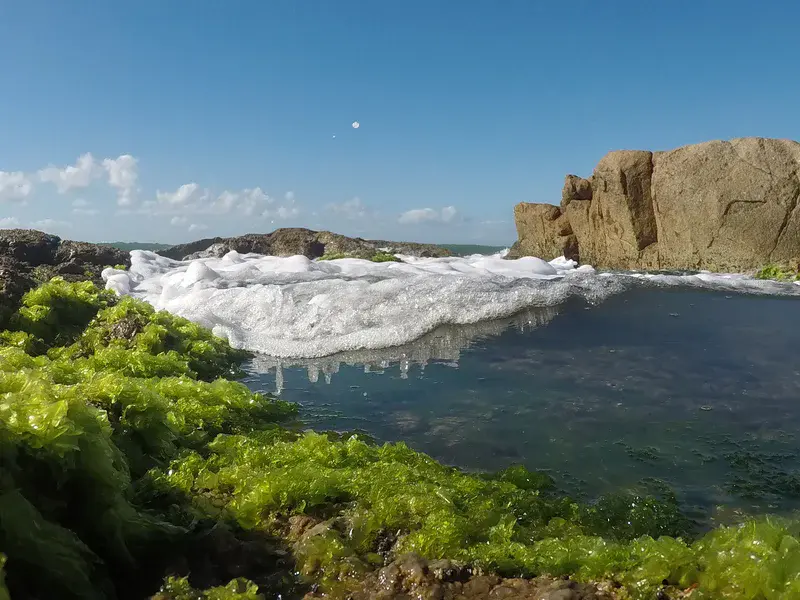
The movement of the tides
Tides are very long-period waves characterized by the rise and fall of sea levels. This phenomenon occurs in response to forces exerted jointly by the moon and sun, generated in the ocean, and propagating toward the coast. Tides can be divided into two main types: low tide and high tide. High tide occurs when sea water rises above the mean level while low tide occurs when sea water falls below the mean level. Tides can also be classified as daily or semi-diurnal depending on the number of tidal cycles that occur in a day. Tidal movements have a significant impact on coastal sediment transport. As the tide rises, seawater flows into the coastal areas, carrying sediment to the beach and shallow areas. As the tide recedes, seawater carries sediment back out to sea, creating a process of erosion and sediment transport along the coast. Therefore, tidal movement can be considered as an important factor in the transport of sediments along the coast. It can affect both the amount and distribution of sediments in coastal areas and estuaries and trigger erosion and deposition processes that shape the coastal landscape. In addition, tidal movement also has a major impact on marine fauna and flora. Tides create a variety of coastal habitats, including shallow areas, beaches, reefs, and estuaries. For example, some types of algae require a humid environment to grow and reproduce. At high tide, these algae are inundated with seawater and can multiply. When the tide goes out, the algae are exposed to the air and can dry out and die. In this sense, the image presented represents the process of rising tides in the municipality of Garopaba (Brazil) and illustrates the transport of sediments by wave energy and the creation of environments conducive to the growth of algae.
Category
Location
- South America (333)
- Brazil (61)
- Exact location (-48.6291 W, -28.0832 S)
Colours
Image properties
4000 × 3000 px;
image/jpeg; 2.1 MB
Camera:
Gopro HERO5 Black
Taken on 6
March
2021
Submitted on 26 March 2023
Licence
Creative Commons Attribution 3.0 Unported (CC BY 3.0)
Credit
Marina Refatti Fagundes (distributed via imaggeo.egu.eu)
Share
Appreciate
Report